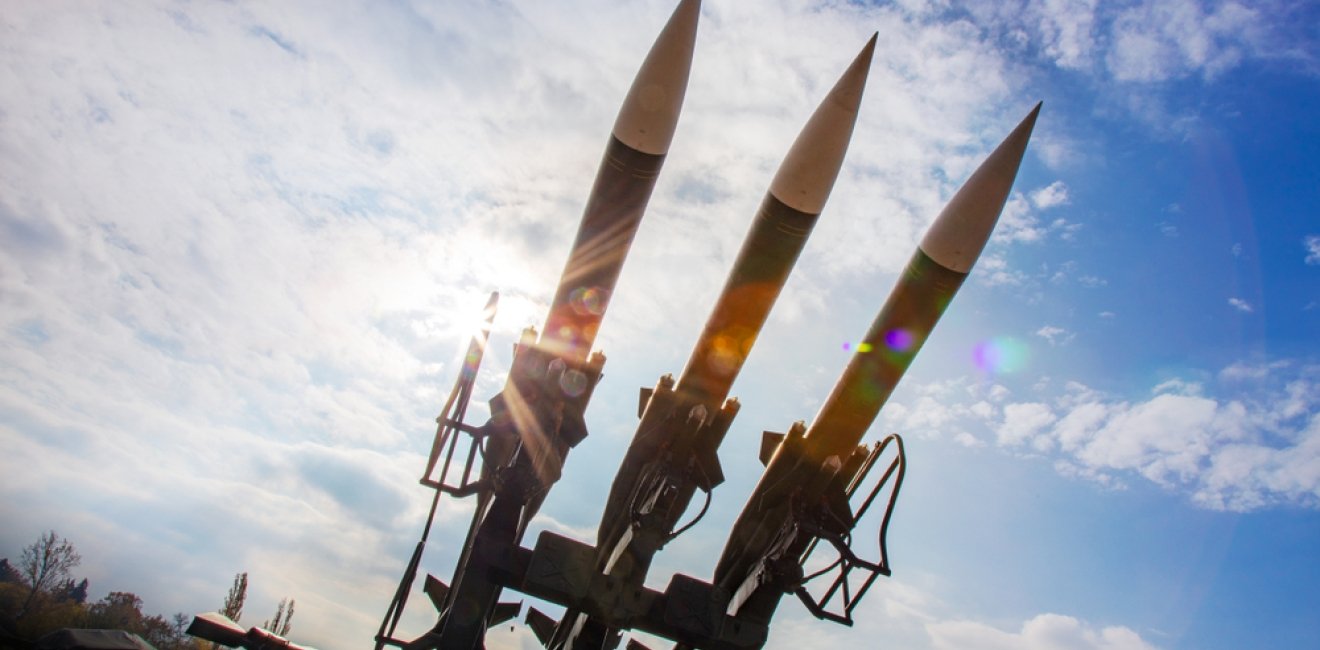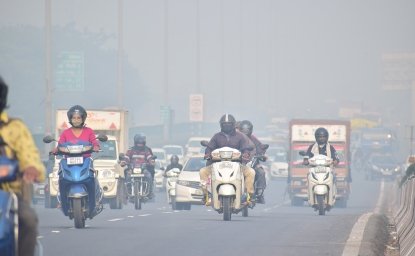
A blog of the Wilson Center

Seventy-One Percent of South Koreans Now Support the Return of Nuclear Weapons to Their Country—Even if it Means Developing Their Own.
In 1991, the United States withdrew all of its nuclear weapons from the Korean Peninsula. In 1992, the two Koreas signed a joint declaration pledging that neither would “test, manufacture, produce, receive, possess, store, deploy or use nuclear weapons.” In the following years, North Korea has repeatedly violated the spirit, if not the details, of its obligations. It has conducted six nuclear tests, amassed up to 60 nuclear warheads, and gathered enough fissile material to build at least six additional bombs every year.
Despite the history of saber rattling and belligerence from Pyongyang and the Kim family, it wasn’t until January of this year that a South Korean president spoke openly of the need for the Republic of Korea (South Korea’s official name) to either return to American nuclear weapons or commence an indigenous nuclear weapons program. While most observers doubt either will occur any time soon, it’s clear that South Korean President Yoon’s words reflect growing public frustration with Pyongyang’s steady stream of aggressive actions toward Seoul. Recent public polls suggest that more than 70% of South Koreans would support developing their own nuclear weapons or the return of nuclear weapons to their country.
Why now, given how often Pyongyang has conducted tests and hurled insults and threats toward South Korea? For one thing, the pace of provocation from North Korea has increased sharply. In 2022, Pyongyang conducted more missile tests than ever before—nearly 100 by one count. What’s more, the weapons technology being tested is increasingly sophisticated. By the end of 2022, North Korea had launched an intercontinental ballistic missile capable of carrying multiple warheads, and tested a solid-fuel rocket engine. The move from traditional liquid fuel to solid-fuel technology is especially noteworthy because solid fuel missiles can be fired more quickly, and are harder to detect and preempt.
North Korea also appears poised to conduct its 7th nuclear test—a test likely to feature a more compact tactical warhead that could more easily be used in battlefield setting, similar to the tactical nukes the Kremlin has threatened to use in Ukraine. Such technology would pose a threat not only to the Republic of Korea, but also potentially to Japan and US forces stationed in the region.
Just as worrisome to South Koreans are Pyongyang’s official policy pronouncements. American audiences often see North Korean missile launches as reckless, even spontaneous acts by Kim Jong Un. In fact, North Korean belligerence is national policy. It’s set forth in the Communist Party’s official multi-year plans. At the 8th Party Congress two years ago, for example, the regime unveiled a five-year plan that provided for solid-fuel ICBMs capable of being launched both by land and by sea. More recently, in September 2022, official policy essentially lowered the bar for using nukes—even providing for preemptive strikes if Pyongyang believes that its national interests are threatened.
In other words, South Koreans see more missiles and technologies being tested s than ever before, they see more aggressive acts like drone flights over South Korean cities, and they see that Pyongyang incurs few penalties or consequences for its actions. Is it any wonder South Koreans are frustrated?
Pyongyang’s policies and actions aren’t merely a Korean concern. As Dr. Sue Mi Terry, Director of the Wilson Center’s Korea Center and its Asia Program points out, North Korea is one of only three potential adversaries of the US that has the capacity to strike our mainland with nuclear intercontinental missiles.
Author

Explore More in Stubborn Things
Browse Stubborn Things
Spying on Poachers

China and the Chocolate Factory

India: Economic Growth, Environmental Realities
